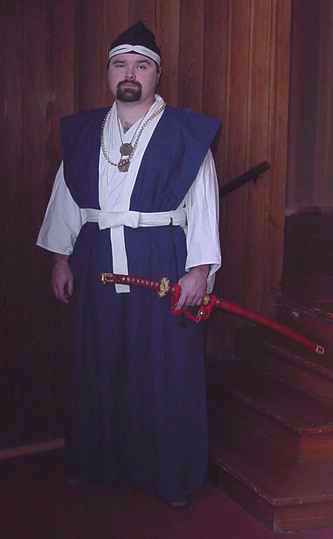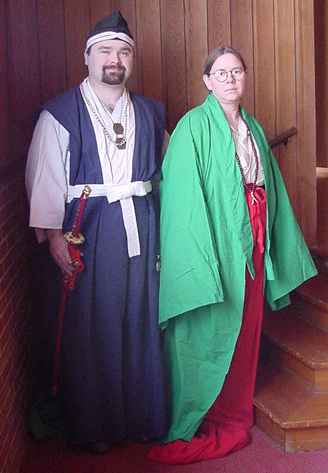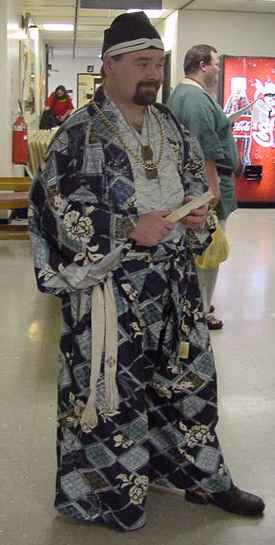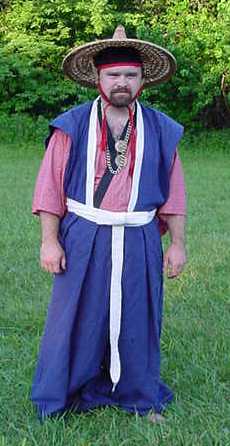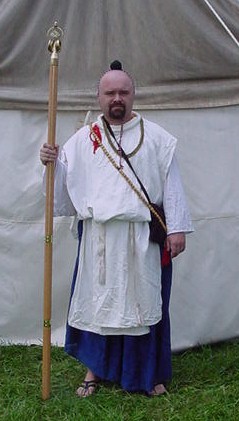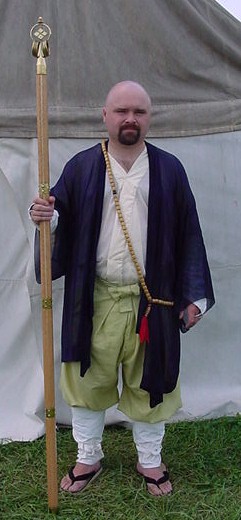Here are
some of Ise's sewing projects
The Heraldry
walls
Ise
has been keeping the Calontir OP history
alive with wall hangings of each of the
peerages devices in the order made. There
is also one of all the royals in order
made. She also has one larger Op wall
hanging with all the peers in Op order.
This one is interactive learning since you
can lift the device and read the names on
the back after guessing the
owner. These can be seen
brightening the walls at most B3R events
and most coranations.
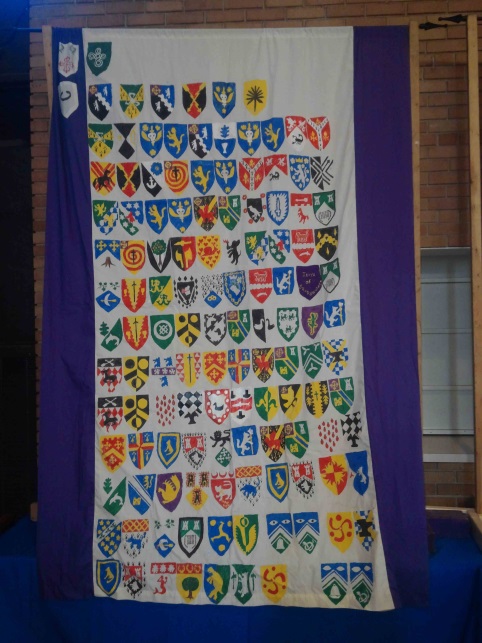
Kings and Queens of Calontir

Pelicans of Calontir

Laurels of Calontir
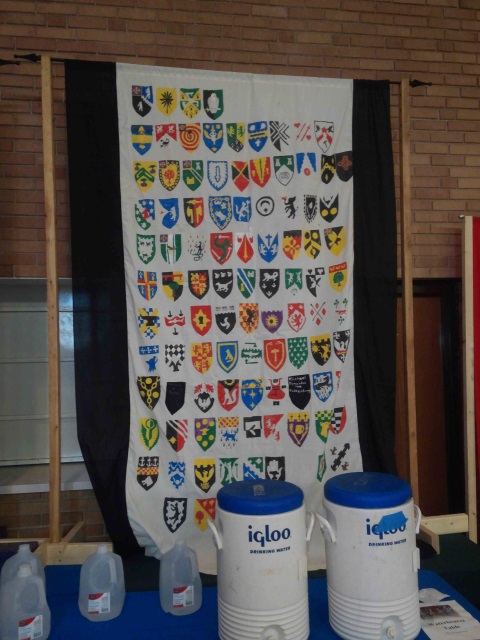
Chivalry of Calontir
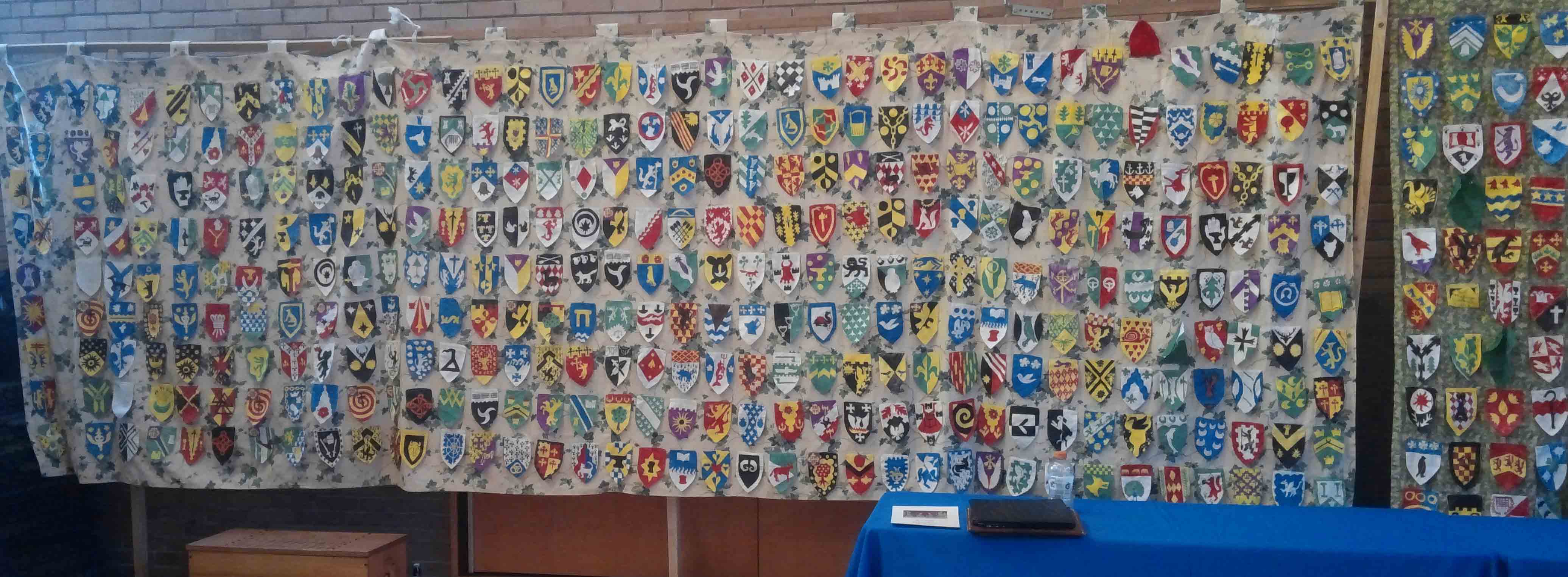
Combined OP
2015 -See a compilation of Ise's many caparisons here
2010 update - See the current projects page to see the tons of barding, banner and equestrian related sewing projects Ise has completed recently. Click here.
2004 Garb created Click Here










